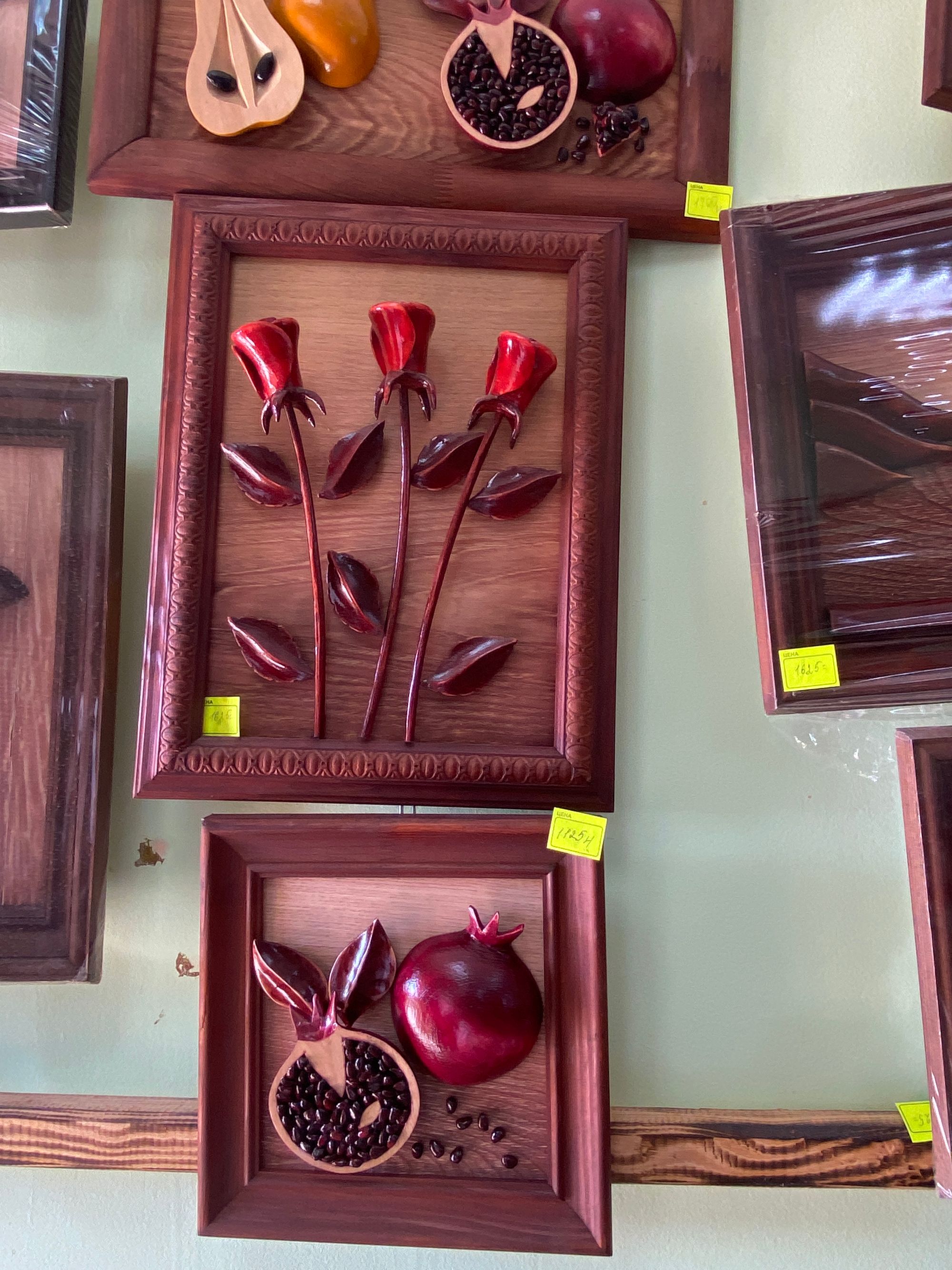Bulgar (also written as Bulgary or Bolgar, and do not mix it with Bulgaria in Eastern Europe) is a small town on the left bank of the Volga river, about 120 km south of Kazan, in the Republic of Tatarstan in Russia. It is home to a historical archeological site, a museum of the Koran and the newly built Muslim Academy with a beautiful White Mosque. Despite being studied by archeologists since at least the 17th century, this destination is quite new even for Russian tourists, not to mention foreigners.
The history of Bulgar’s country and its capital is full of mysteries, and the main mystery, still unsolved, is - why and how such a big and powerful country armed with very advanced science, culture and influence disappeared after some 200 years of blooming, and what happened to its inhabitants. There are many theories, such as: they were all captured by Chinggis Khan's army and sold to slavery; they moved to the West and become European Bulgars; they mixed with and dissolved into the Slavic population; they became modern Tatars and so on. None of these have been completely proven true. So the study continues.
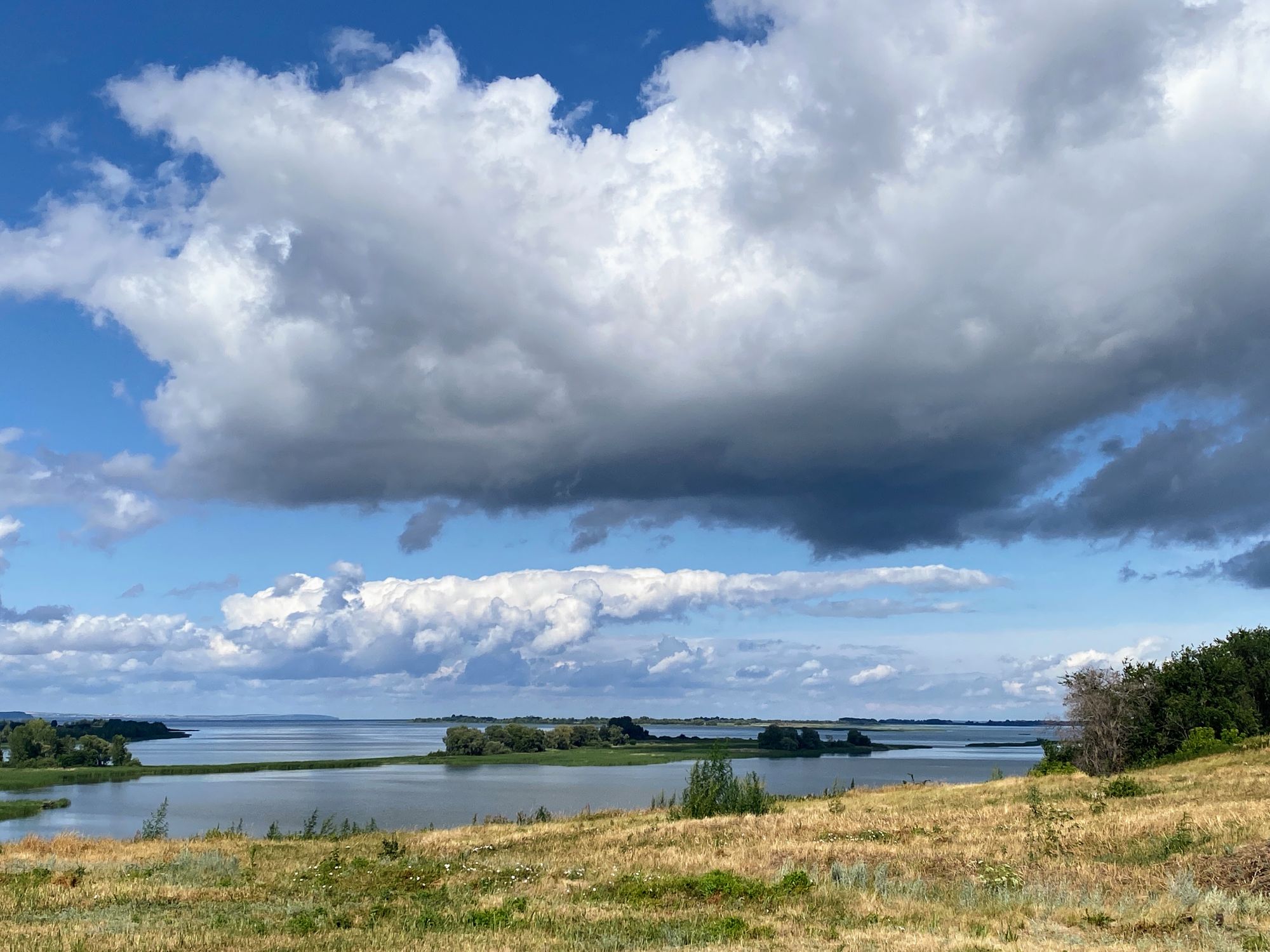
So far we know for sure that the state of Bulgar appeared around the 10th century on the junction of the Volga and Kama rivers, and quickly grew and expanded its boundaries and became the most powerful state in the Volga region. Rich soil ensured the agriculture bloomed, two big and many small rivers helped to expand trading, and rich cultural life and advanced medicine and science led to even more prosperity and attracted scientists, poets, and musicians from nearby regions. It is known that eastern nomads were attacking Bulgar frequently, so all towns had sophisticated fortifications and successfully held against invaders. Until one day…
It is also known that Bulgar was the first place in the Volga region where the whole country accepted Islam in the tenth century. You might not know, but modern religious Russia is not just about the Russian Orthodox church with golden onion-shaped domes over the temples. There are many “small nationalities” in mid-Russia where most of the population are muslims. Tatarstan is one one of them. Here, in Bulgar, the newly built Islamic academy was opened in 2017. Its architectural ensemble includes the White Mosque that quickly became a very popular destination for photographers.

Beside the Mosque, there is a reconstructed historical village where visitors can see and explore an old windmill, the house of a village baker with a bread museum, the house of a miller furnished with contemporary furniture, wood stove, bed, crib and so on.
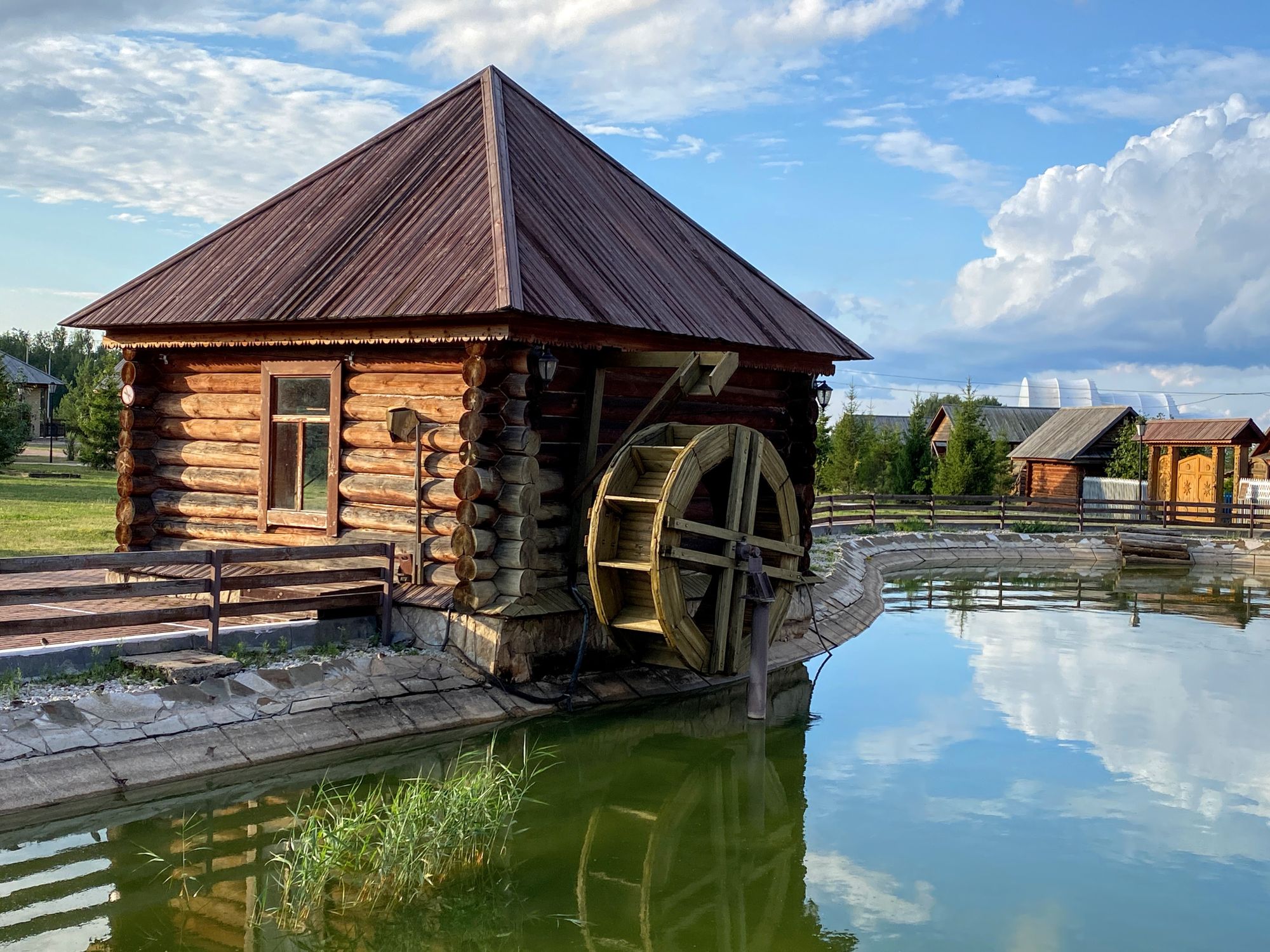
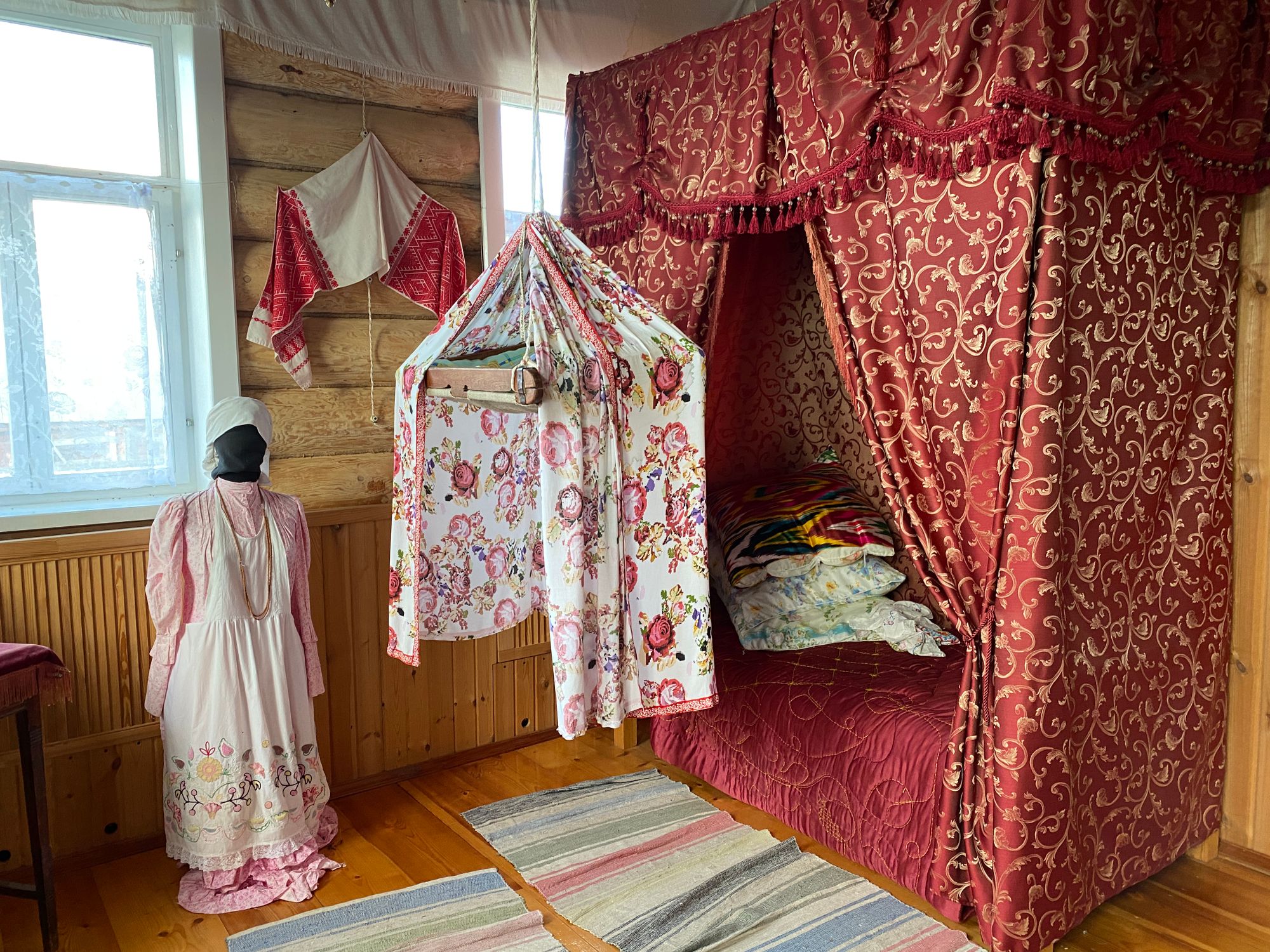
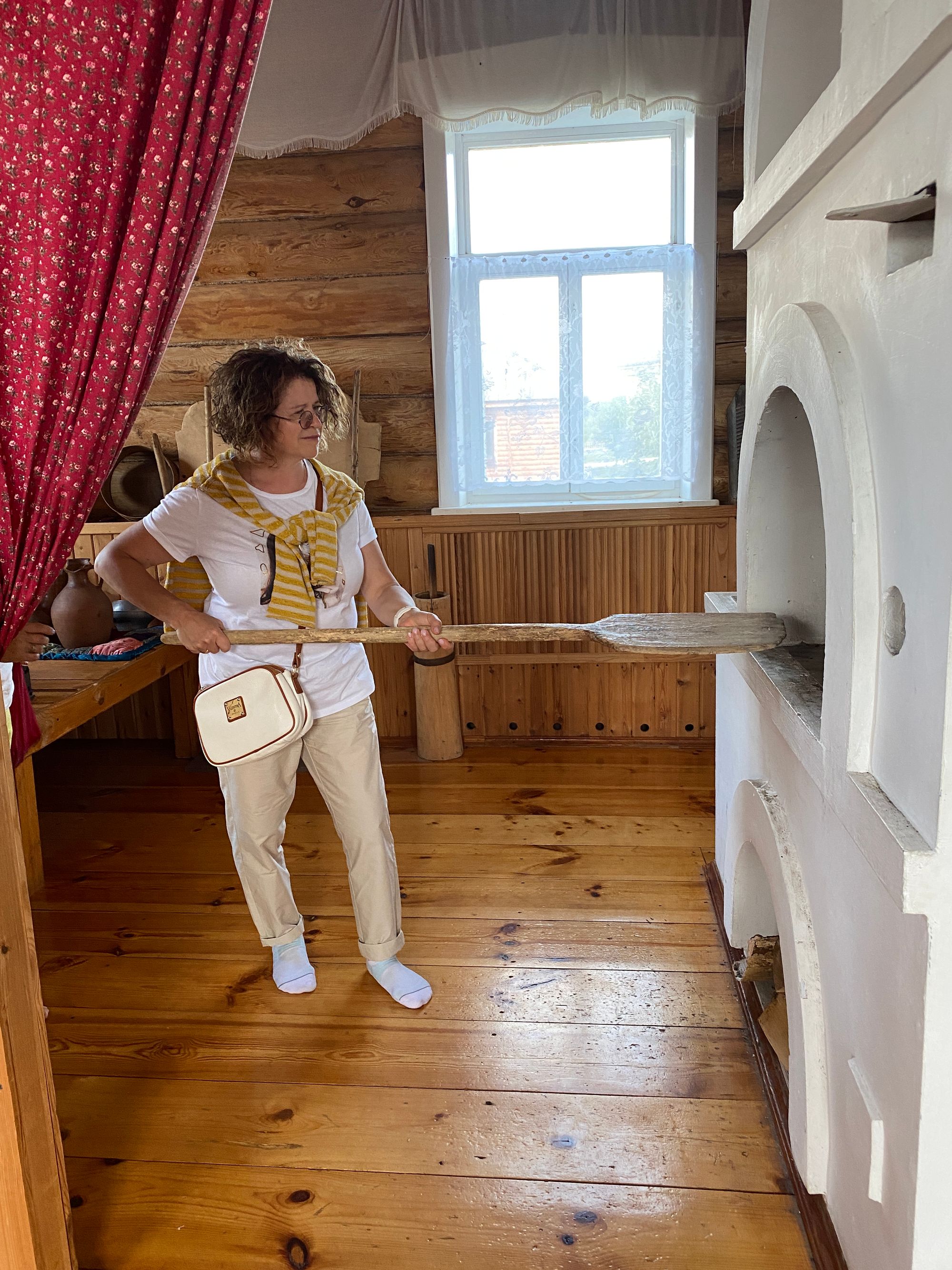
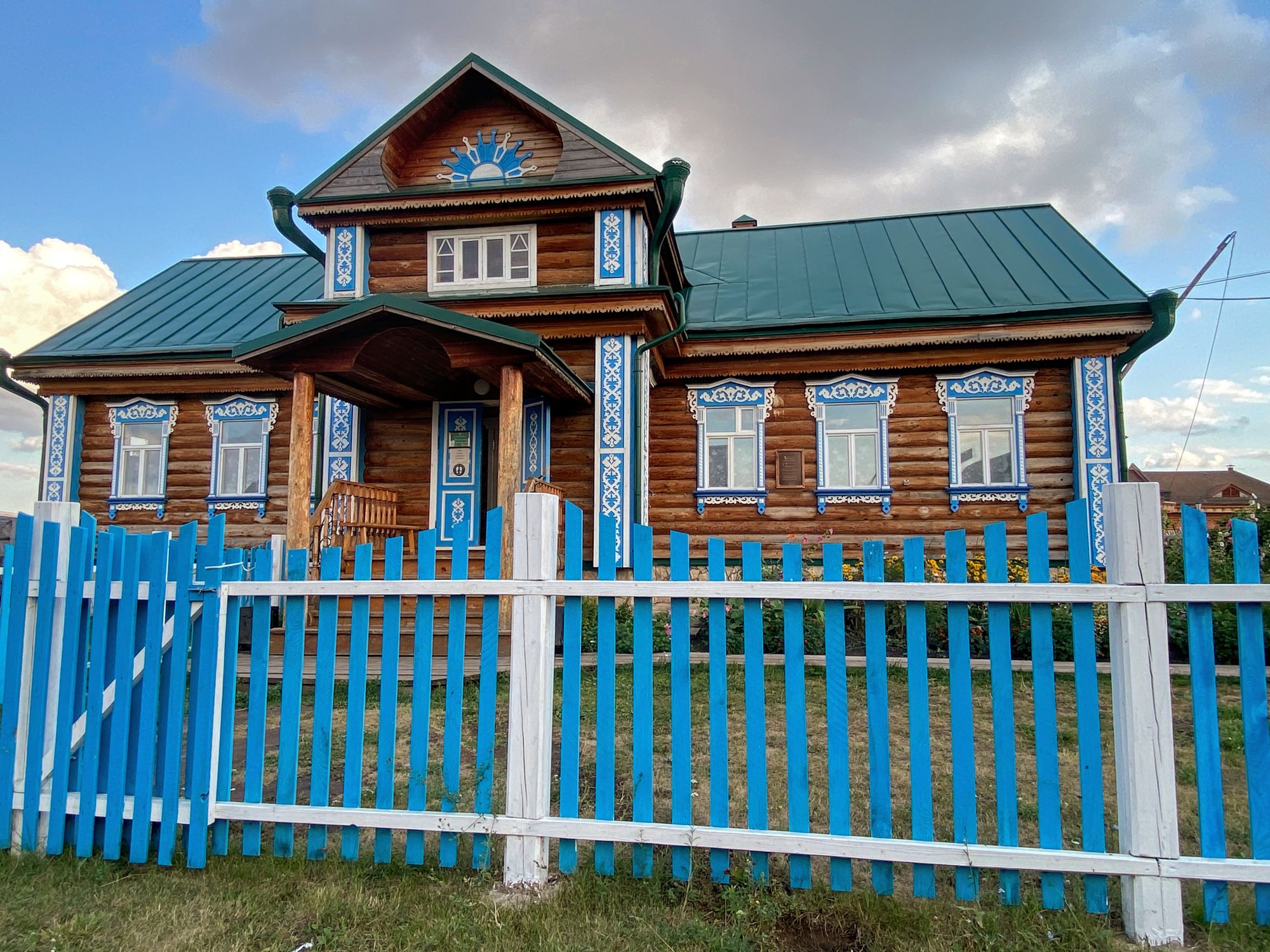
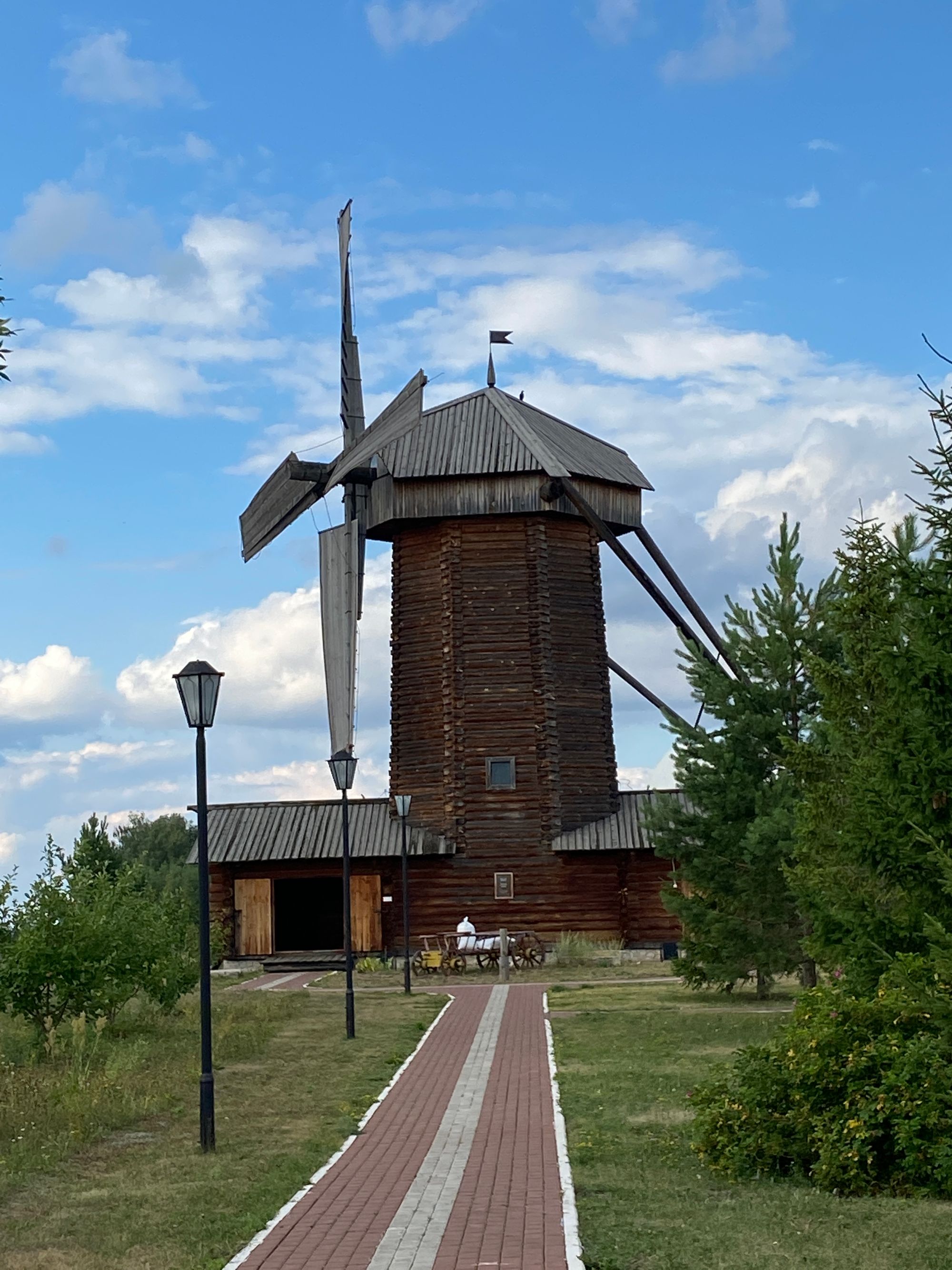


The academy and mosque are separate from the main museum complex which includes:
Historical museum: As you ascend from the river level entrance up to the main square you’ll make a journey through Bulgar’s history.There are many archeological findings displayed: jewelry, coins, dishes, clothes, weapons. Guided tours are available.
Archeological site with old stone walls and tower - get your camera ready!
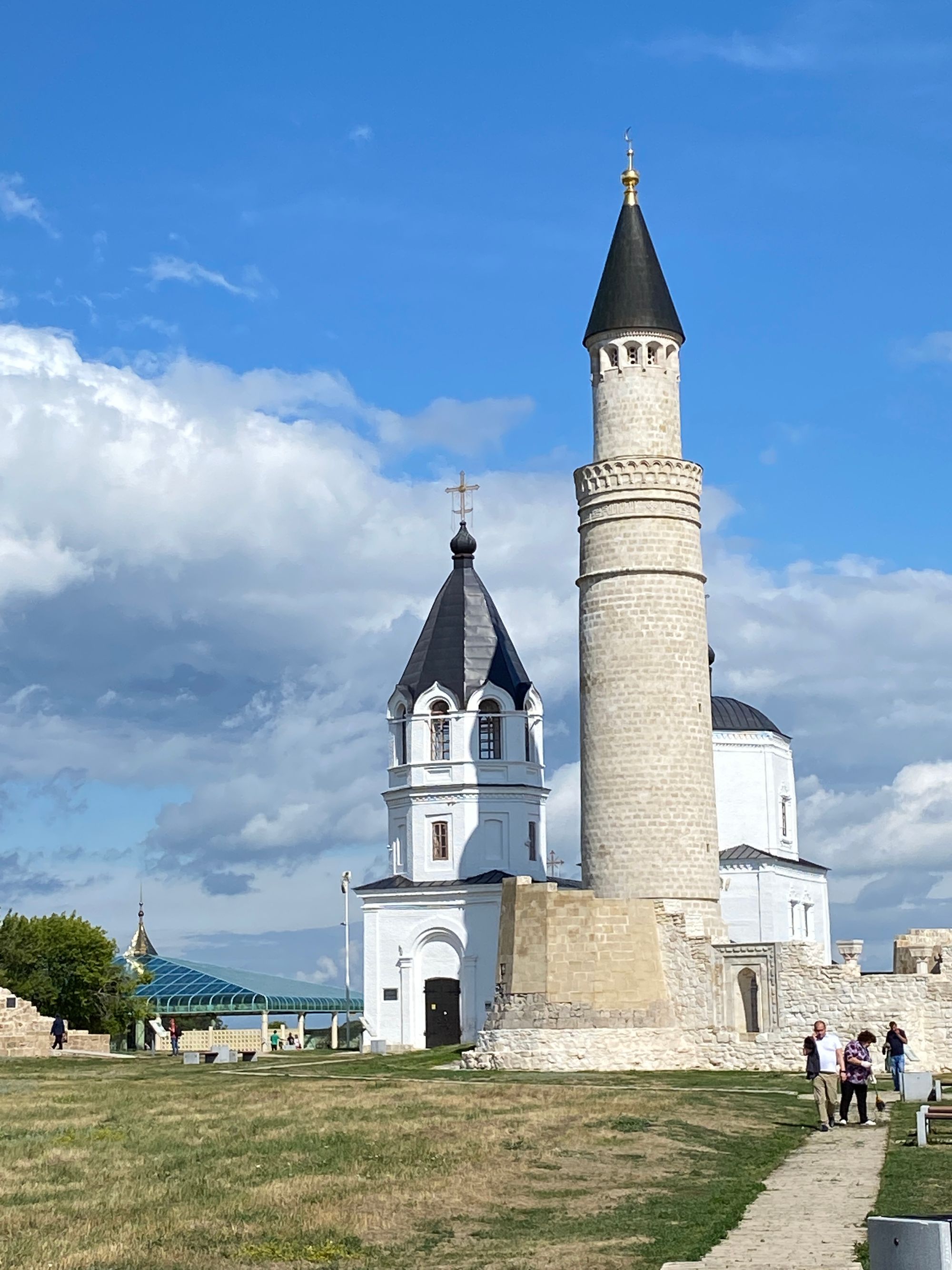
Museum of Koran: the exhibition includes the world's smallest Koran that easily fits in a pocket and the world’s biggest Koran that weighs nearly 800 kg, its cover made of malachite with inlaid jade, turquoise, corral, gold and silver. It was made in 2010 in Italy for Tatarstan to honor 1000 years since the acceptance of Islam in the region. All 632 pages are made of special Scottish paper. Since the holy book is extremely heavy, its pages need to be shuffled periodically in order not to stick to each other. This job is performed by a special team of shufflers who are trained in this task.
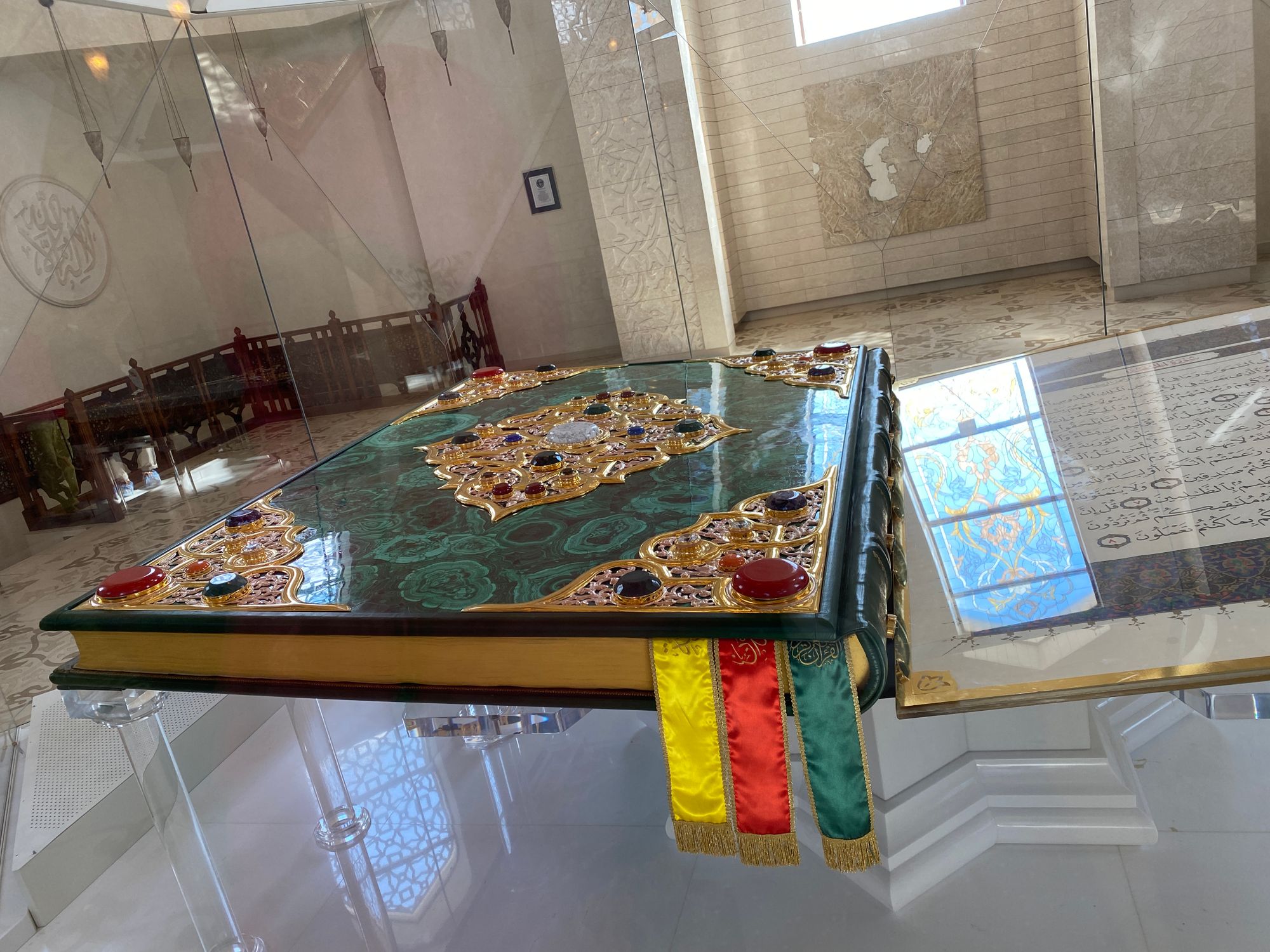
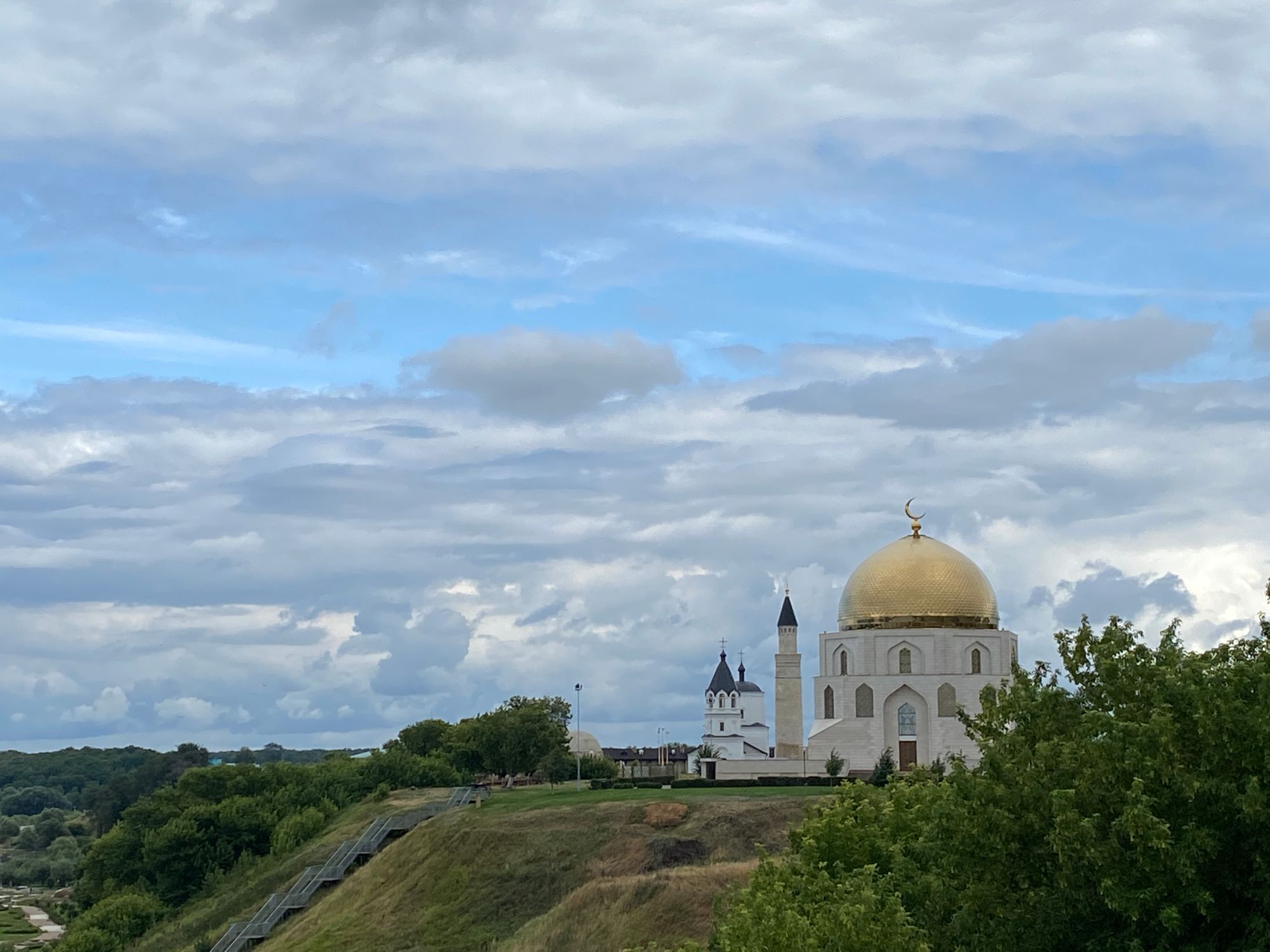
The Museum of the Koran also offers another interesting exhibition: shamails. In different muslim cultures shamail has a slightly different meaning. What is common for all shamails: it is a kind of painting (or printing on paper or glass; sometimes embroidering) that contains some Koran surahs written in Arabic calligraphy. It can be hung in mosques or in houses as a guard against evil forces or to attract good luck. Tatar shamails are unique; the tradition of making them dates back to the 10th century and they usually combine calligraphy with a graphic drawing of some landscape or architectural objects. Each shamail is definitely a piece of art!
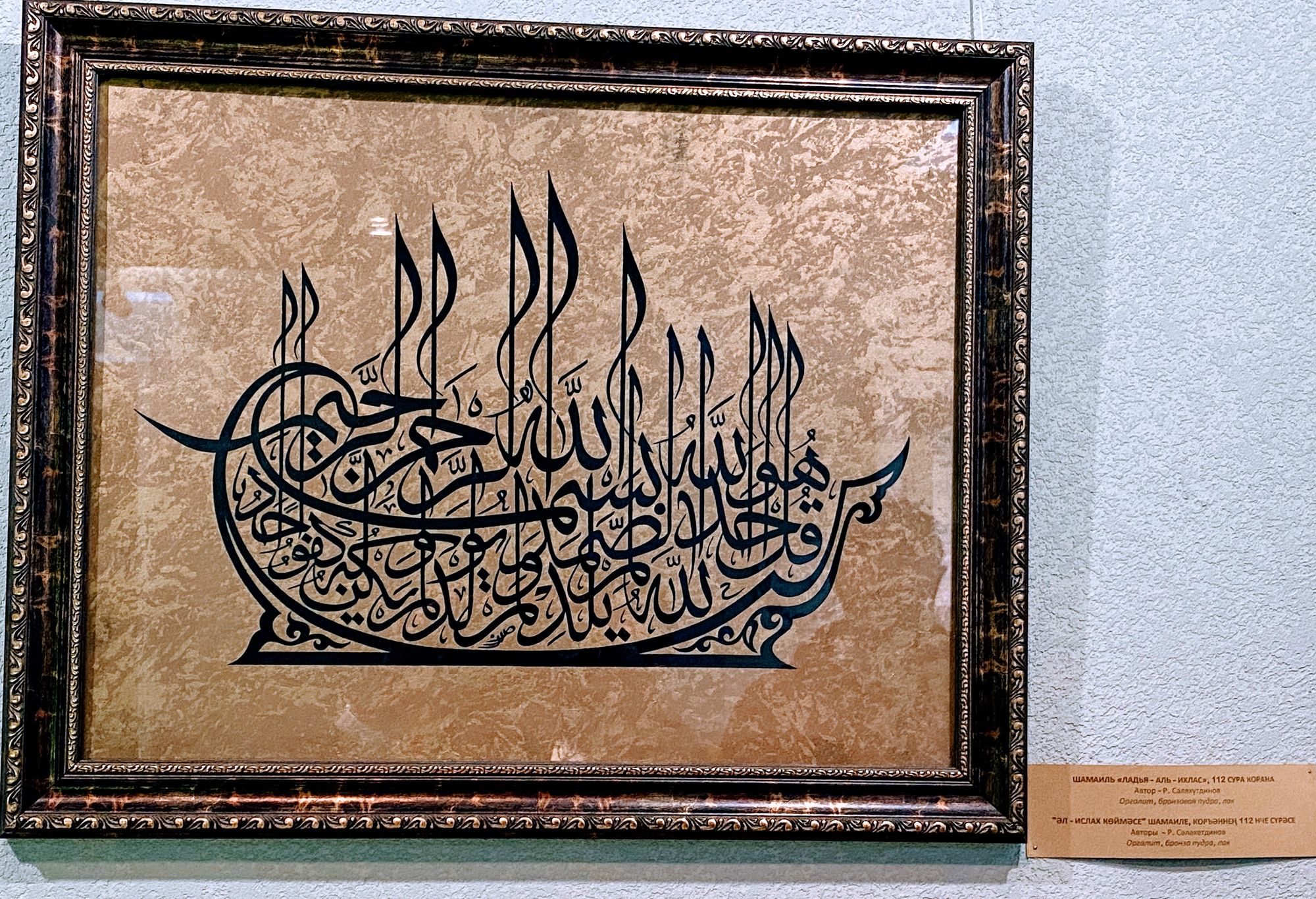
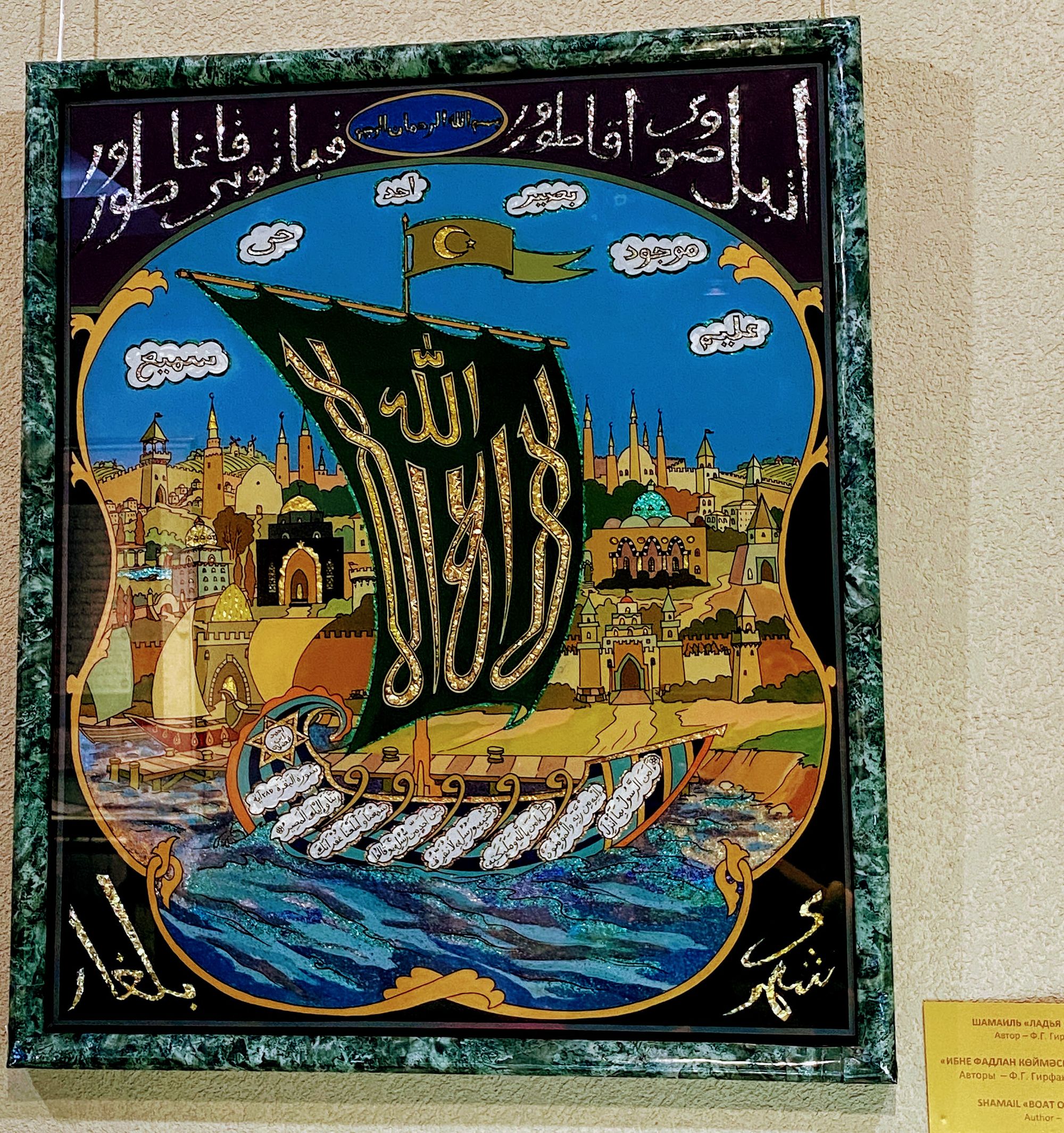
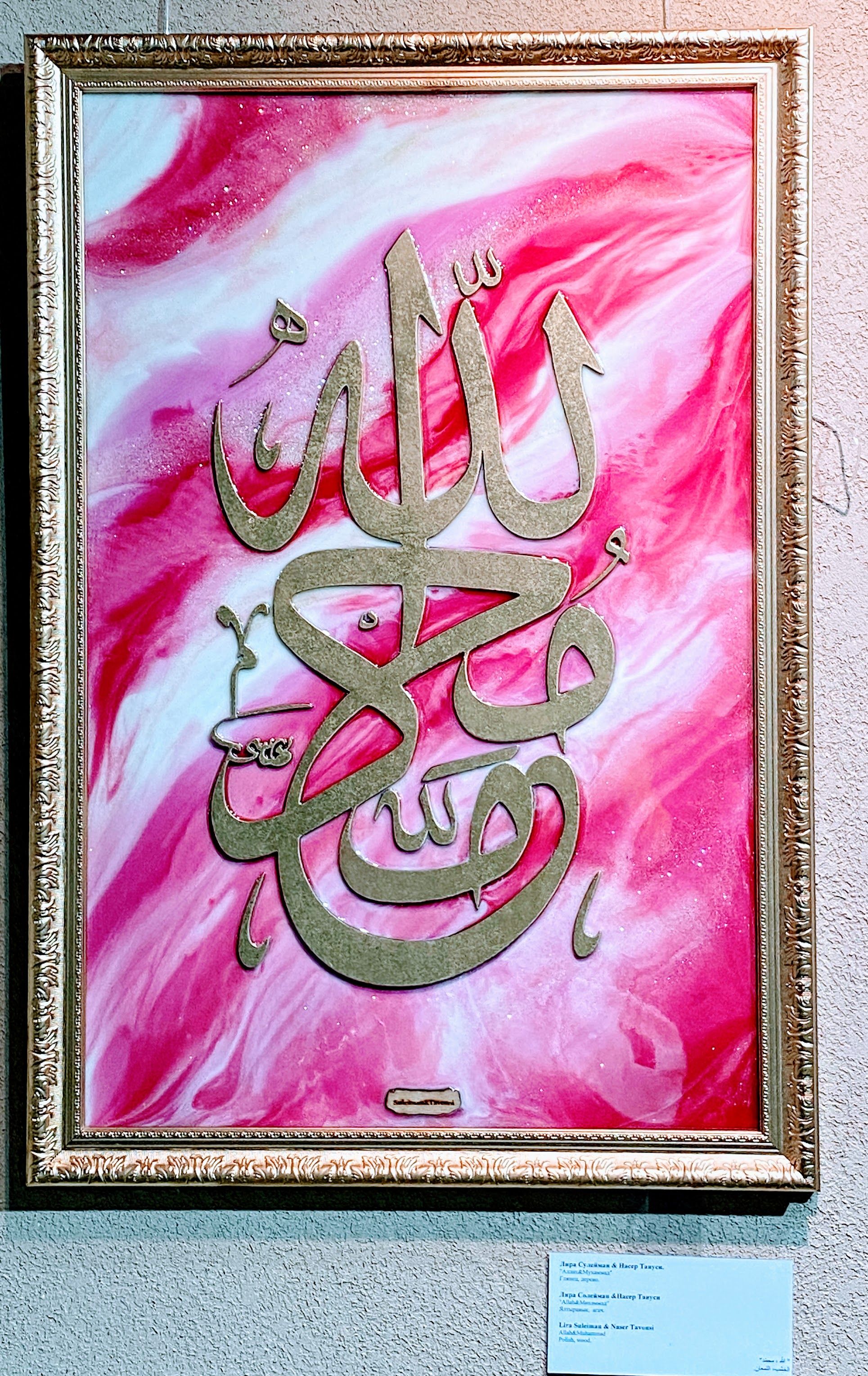
Bulgar is definitely worth a visit, so when planning your trip to Kazan, leave one day for a dip into local history. And bring home some souvenirs made by artisans in a small workshop right in front of your eyes!


